Last semester, the current president of the Phi Alpha Theta history honor society, James Landers, and I entered the nursing building while hanging up flyers across the Armstrong Campus. The spaciousness of the building was immediately noticeable.
Upon our return to Hawes Hall, the history department’s building seemed cramped in comparison. The overall lack of resources was evident.
And so, it came as no surprise when I learned that the space allocated for the history department in Hawes would be halved to accommodate the Parker College of Business.
As an honors student preparing to graduate with a history major, I served as president of Phi Alpha Theta on the Armstrong Campus for almost two years. I oversaw events for both the society and the history department during my tenure. I also plan to pursue graduate studies in Public History in the near future.
During its time at Armstrong State University, the campus had a distinguished history department, including one of the oldest Public History graduate programs in the state, established in 1985.
In the years leading up to consolidation, more Armstrong history students received their masters in public history than any other history specialization. From 2017 to 2018, Armstrong’s Public History program had seven grad students out of ten for the entire history grad program.
After consolidation, Armstrong State’s graduate program merged with the Statesboro Campus program and was only offered on the latter campus.
That program thrives in Statesboro, yet Public History’s success at Armstrong State exemplifies a time when the humanities flourished on the campus and serves as a reminder that the humanities could flourish here again, given the university’s support.
It’s time to let public history education thrive on both campuses by making the program available at Armstrong again.
While public history graduate courses are now only in-person at Statesboro, Savannah is well-situated for future public historians. The area offers a wide range of opportunities for graduate students to work in museums, tourism, archives, government policy and historic preservation.
“Although there are some facilities in Statesboro, such as the campus museum and a couple of other venues, most of the public history master students all do their projects down here in Savannah,” Dr. Christopher Hendrick, a current history professor on the Armstrong Campus, said.
The benefit of Armstrong’s proximity to Savannah prompts us to consider why the program isn’t also currently available in a more naturally advantageous location. Administrative priorities are a key factor.
“We have a public history program that is operating and successful,” Dr. Hendricks said. “It’s just located an hour and 15 minutes from where most of the students do their work.”
It is true that program placement is dependent on administrative needs and resources. For example, the Parker College of Business expanded into the first floor of Hawes Hall because of local demand for business courses.
However, to meet the needs of prospective historians in a historically rich Savannah, Georgia Southern should redirect some of its resources toward a public history program on the Armstrong Campus. After all, the university can support public history on either campus, but a city is quite stationary.
After spring break, I’ll further explore why the university should offer public history graduate studies on the Armstrong Campus. I’ll examine local demand and the reasons for the university’s hesitation to prioritize Savannah. Stay tuned.
Categories:
A call for public history at Armstrong
Entrance hall to Hawes Hall Building on Georgia Southern Armstrong.
1
4
More to Discover
About the Contributor
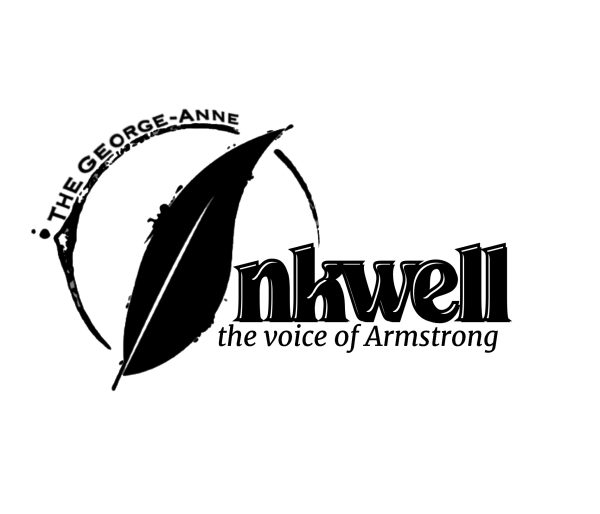
Riley Merritt, Staff Writer, The Inkwell


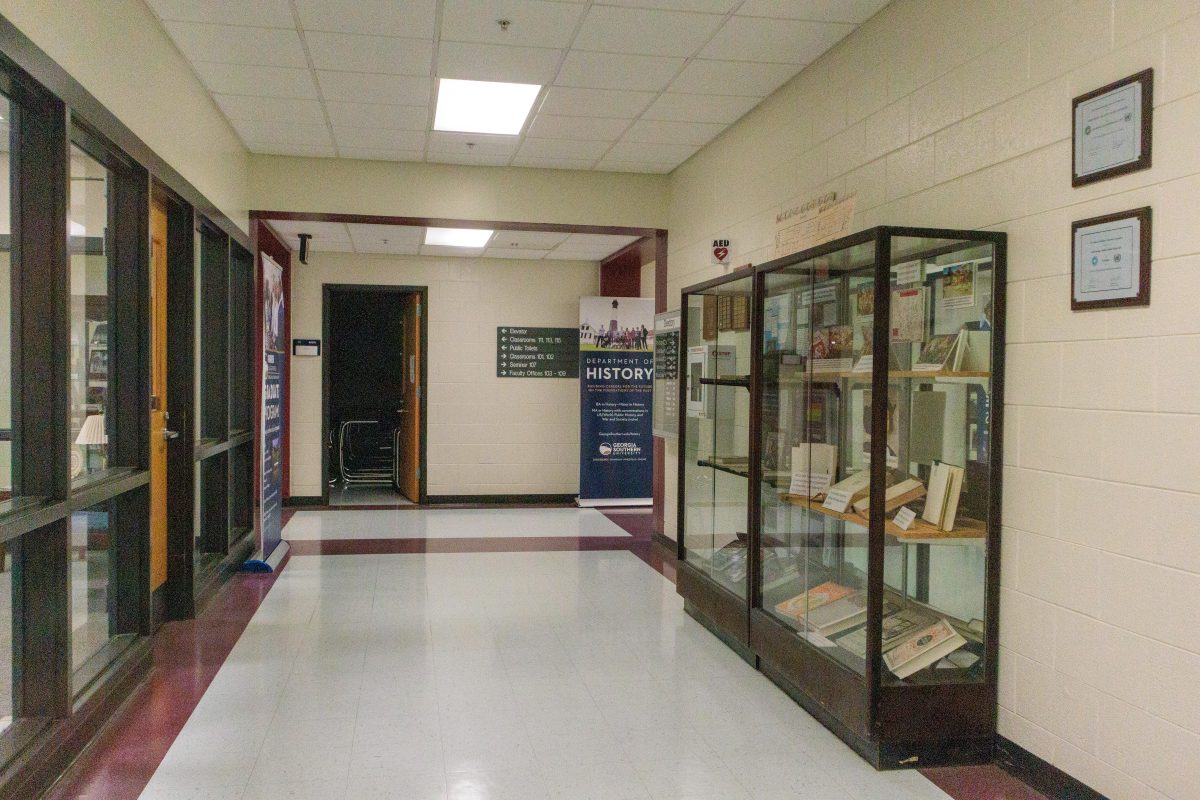


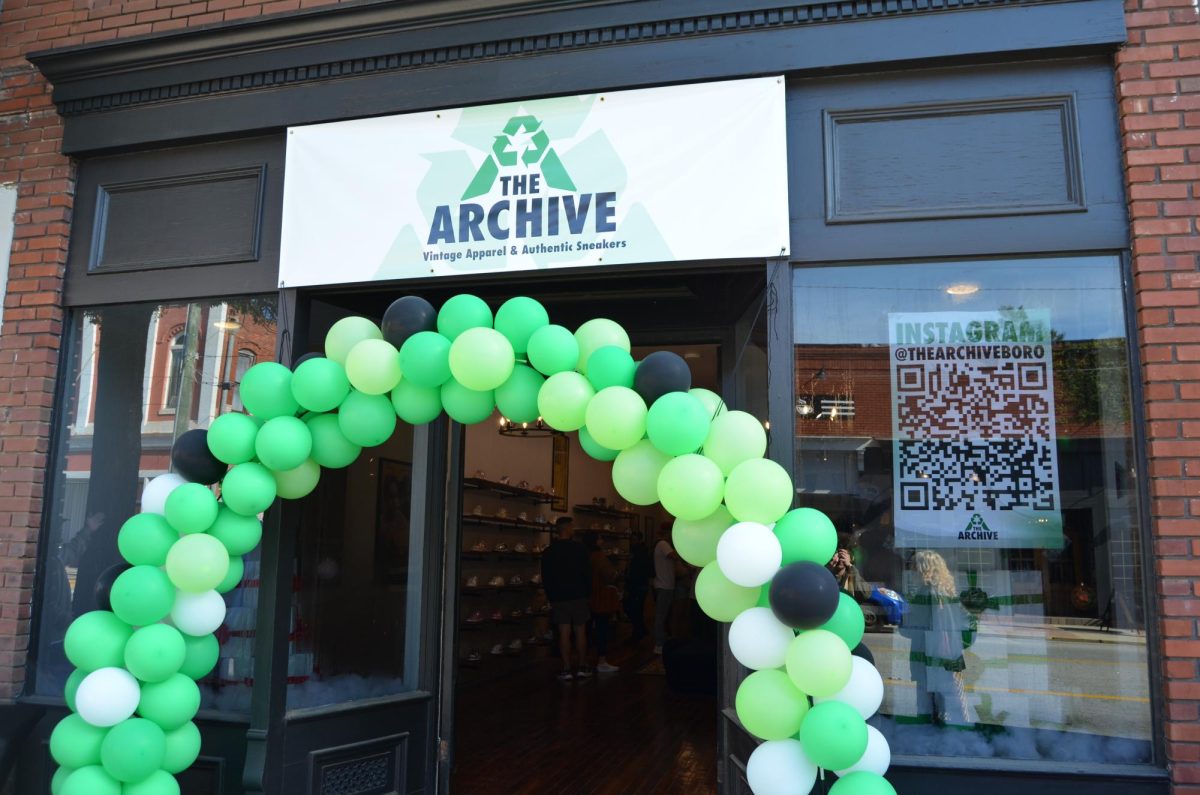




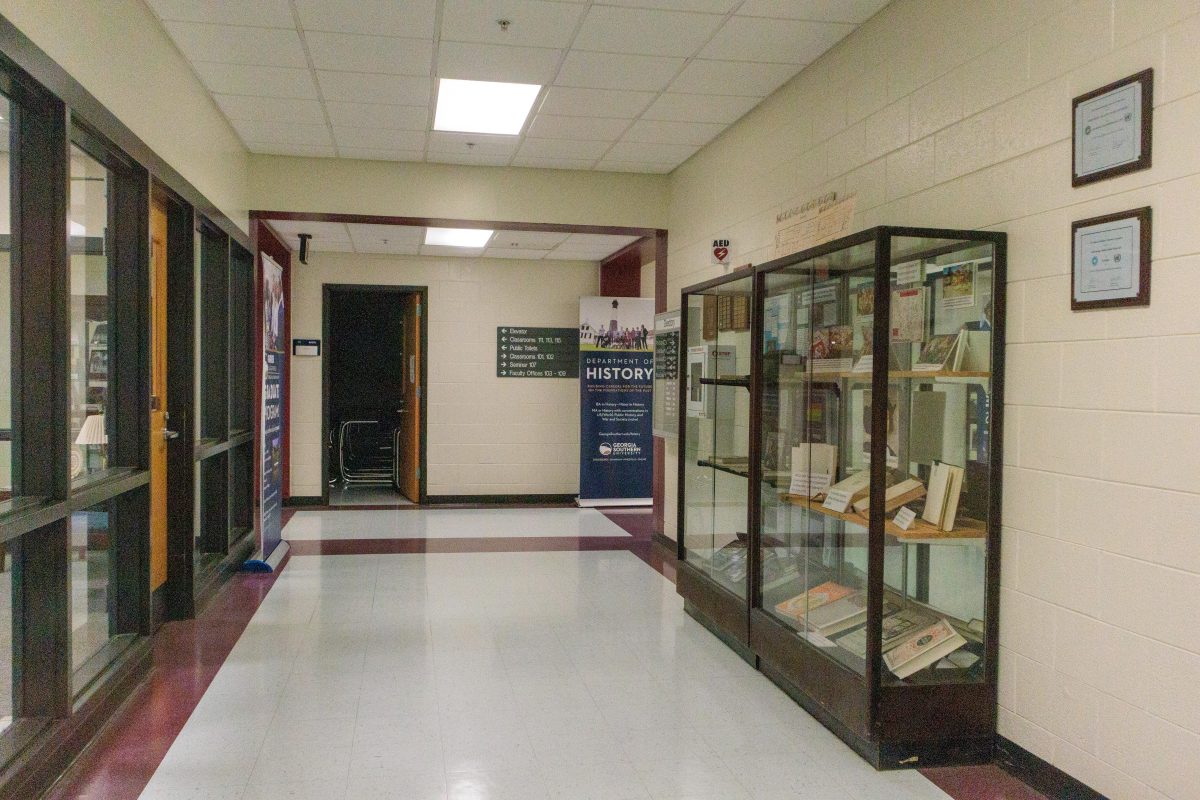



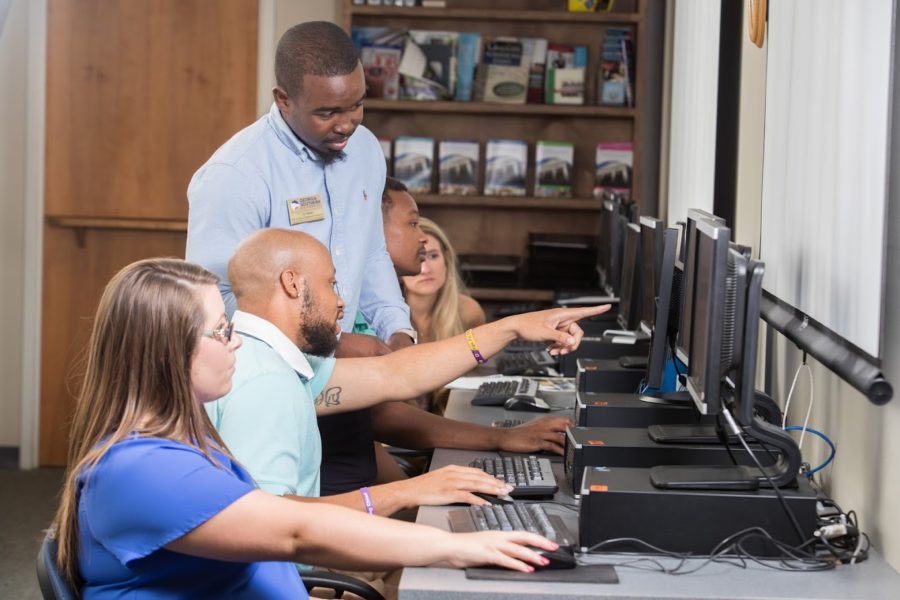

Darian • Mar 8, 2024 at 10:50 am
I remember when the humanities were thriving on Armstrong campus as an alumnus of that campus. Savannah being so close is such an excellent point as it is such a wonderful cultural hub for public history and the humanities. It is such a shame that this program has been tossed aside.